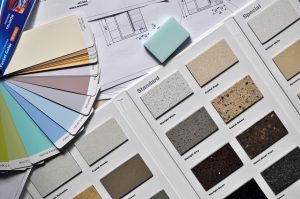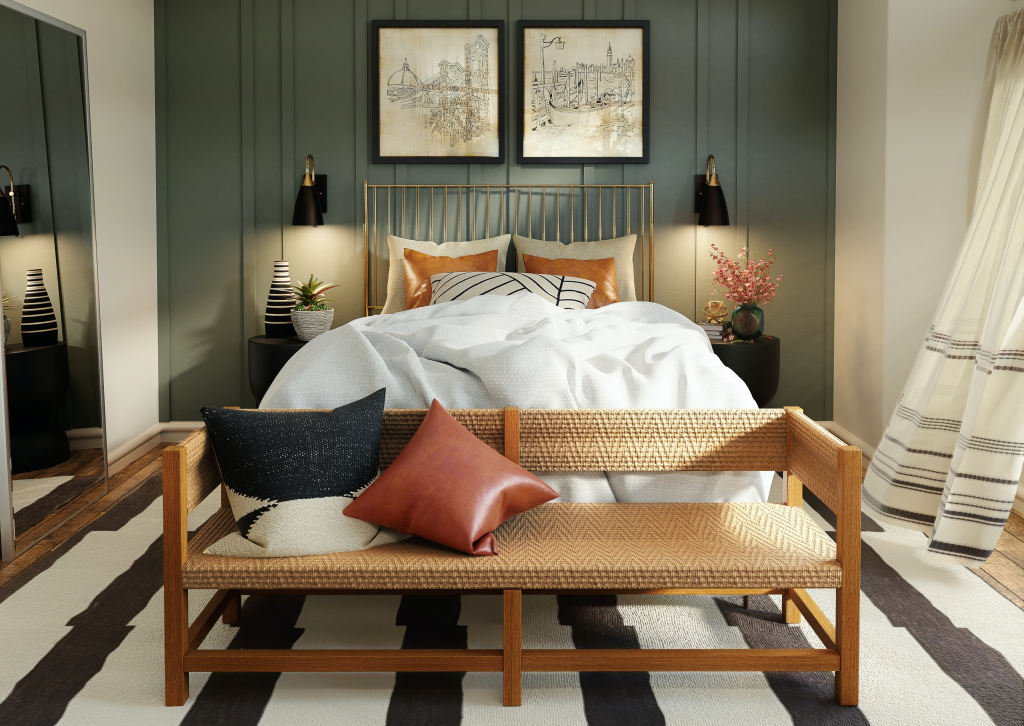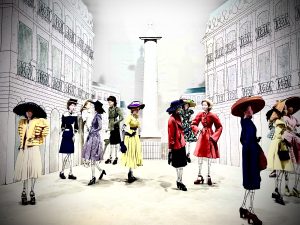Many people seem baffled by interior design. The advent of HGTV and the DIY movement have certainly inspired many people to take an “interest” in interior design and to undertake “decorating” as a hobby. Yet while television and social media have given a highly selective view of the interior design process, the actual concept has proven a little more elusive to the mainstream public.
On one hand, the average person believes that interior design is just arranging furniture around a room and adding pretty elements. On the other hand, there are some (highly misguided, if you ask me) people within the actual industry who are highly protective of the label “interior design,” and treat it as some sort of science.
Of course, interior design is not just about shopping for furniture and taking pretty pictures for Instagram. Likewise, it’s certainly not a science—or even an applied science, for that matter. Neither is it necessarily a practice, or even a base of knowledge.

So, what is it, then, and what is one paying for when they hire a designer?
Well, interior design is really sort of an umbrella term (and a relatively modern one, at that) which encompasses all aspects of creating interior settings that promote comfort, convenience, and civility. It runs the gamut from designers/decorators; architects; fabric mills and weavers; upholsterers; furniture makers; manufacturers; product designers; retailers; construction; and so forth. As you see, interior design is an industry.
As noted above, within that industry work designers. Some of these may have received a formal education in “interior design”, while others may be self-taught. Nevertheless, what distinguishes a true designer from the average DIY-er is the possession of innate artistic talent. An interior designer, you see, is really an artist, except rather than working with typical artistic media to express themselves, they use furniture and decorative elements, fabrics, interior paints, upholstery fabrics, and so on. Therefore, when hiring a designer, it is important that their style agrees with your personal tastes. When you hire a designer, you are in effect commissioning an artist to develop a unique composition based on your needs and lifestyle as interpreted through the designer’s creative lens.

When one commissions a traditional work of art from an artist, it is understood that the artist’s body of work and current artistic direction is suitably appreciated and endorsed by the commissioner. Likewise for hiring an interior designer.
Thus, it is extremely important that you, as a client, do the proper research to determine and define your taste so that there is no mismatch between your expectations for the final product and what the designer can produce. Putting in this legwork will greatly facilitate the process of finding and hiring a designer that will provide an interior that not only looks beautiful, but suits your taste and needs and provides ultimate enjoyment!





